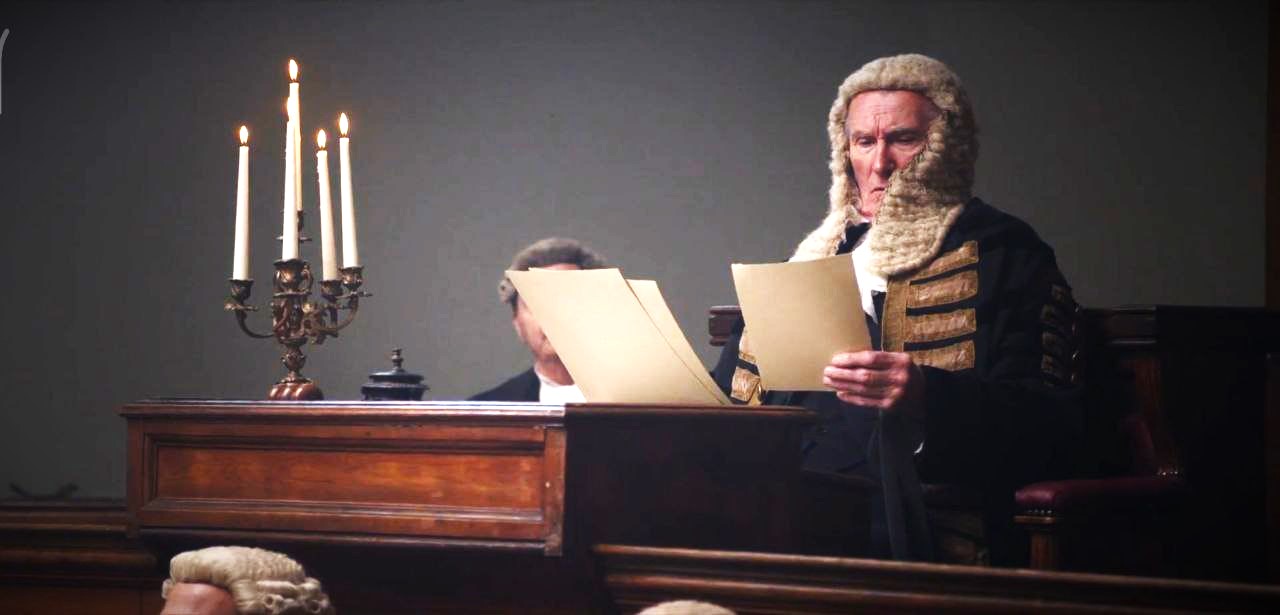The Courts, in dispensation of their judicial duties of deciding cases, come across all types of problems which are brought before them. These cases may be broadly classified into three categories:
(i) the easy cases,
(ii) the intermediate cases, and
(iii) the hard cases.
Professor Ronald Dworkin[1] has argued that each legal problem has one lawful solution and even in the hard cases, the Judge is never free to choose among alternatives that are all inside the bounds of law. This may not be entirely correct inasmuch as judicial discretion does exist. This is true, at least, in solving ‘hard cases’[2].
It is found that meaning of certain legal norms, when applied with respect to a given system of facts, is so simple and clear that their application involves no judicial discretion. These are termed as the ‘easy cases’.
This may even apply to ‘intermediate cases’. These would be those cases where both sides appear to have a legitimate legal argument supporting their position and a conscious act of interpretation is noted, before a Judge can conclude which side is right in law and there is only one lawful situation.
However, when it comes to the hard cases, the Court is faced with number of possibilities, all of which appear to be lawful within the context of the system. In these cases, judicial discretion exists as the choice is not between lawful and unlawful, but between lawful and lawful. A number of lawful solutions exist. In this scenario, the Court is supposed to ultimately choose that solution which is in larger public interest.
In other words, there are limitations that find the Court with respect to the manner in which it choses among possibilities (procedural limitations) and with respect to the considerations it takes into account in the choice (substantive limitations). Thus, discretion when applied to a court of justice means sound discretion guided by law. It must be governed by legal rules. To quote Justice Cardozo:
“Given freedom of choice, how shall the choice be guided? Complete freedom – unfettered and undirected – there never is. A thousand limitations – the product some of statute, some of precedent, some of vague tradition or of an immemorial technique – encompass and hedge us even when we think of ourselves as ranging freely and at large. The inscrutable force of professional opinion presses upon us like the atmosphere, though we are heedless of its weight. Narrow at best is any freedom that is allotted to us”[3]
Thus, though the judicial discretion is with the Court, the same is limited and not absolute. The Court is not entitled to weigh any factor as it likes. It has to act within the framework of the limitations, and after they have been exhausted, there is a freedom of choice which can also described as ‘sovereign prerogative of choice’[4].
Reference
Justice A.M.Khanwilkar in the case of Common Cause v. Union of India (2018)
[1] Dworkin, “Judicial Discretion,” 6 J. of Phil. 624 (1963)[2] See Aharon Barak: Judicial Discretion, Yale UniversityPress[3] B. Cardozo: The Growth of the Law 144 (1924), at 60-61[4] Justice O. Holmes opined this expression in ‘Collected Legal Papers’ 239 (1921)
